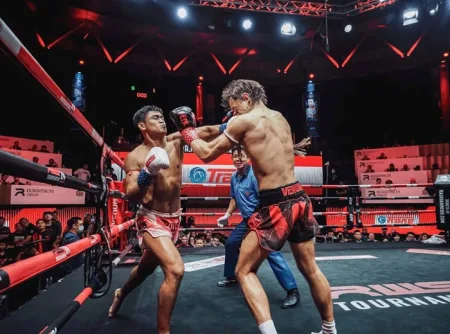Human counting and tracking using Deep Learning is reshaping retail analytics by providing unprecedented insights into customer behavior and store operations.As technology advances and these AI models become more sophisticated, the potential to refine store experiences, optimize operations, and drive business growth in the retail sector is promising.Retail environments are dynamic spaces where understanding customer behavior is essential for optimizing operations, improving customer experiences, and driving business growth.
Techniques
Object detection is the process of teaching ML models to recognize and locate specific objects within images or video frames.Object detection is one of the fundamental problems of computer vision.While this task might seem elementary for human observers, teaching ML models to perform it accurately and efficiently is a challenge.
Object tracking
Object tracking is the process of continuously following a specific object’s movement across consecutive frames in a video or image sequence. It involves identifying and keeping track of an object’s position over time. Different tracking algorithms, sometimes combined with object detection are utilized to ensure ongoing tracking and object recognition.These algorithms predict an object’s location based on its previous position and velocity, improving tracking accuracy even in noisy environments. Also when the Multiple Object Tracking (MOT) algorithm is used it can handle scenarios where multiple objects interact, cross paths, and occlude each other.
Object Counting
Object counting using ML involves using algorithms to automatically identify and count the number of objects in images or video frames. It uses machine learning models to detect objects, whether predefined or custom-trained. After detection, the system calculates and offers data on object numbers and positions.
Benefits
Operational Insights: Accurate human counting and tracking provide retailers with valuable insights into foot traffic patterns, peak hours, and high-traffic zones. This data enables effective staff management and resource allocation.
Customized Marketing: Accurate tracking and analysis enable personalized marketing strategies, such as targeted promotions and recommendations based on individual behavior.
Heatmaps and Path Analysis: Deep Learning can generate heat maps illustrating where customers spend the most time and the paths they take, aiding in store layout optimization.
Queue Management: Tracking queue lengths and wait times allows retailers to implement efficient checkout processes, enhancing customer satisfaction.
Challenges
Lighting Conditions: Lighting conditions play a crucial role in video analysis. Changes in lighting levels can result in variations in object appearance, making accurate detection and tracking a challenge.
Occlusions: Occlusions, in the context of computer vision and video analysis, refer to the phenomenon where objects in a scene are partially or completely obscured by other objects. In a simple way an occlusion occurs when one object blocks the view of another object from the perspective of a camera or observer.
Camera Angles: Camera angles refer to the position and orientation from which a camera captures a scene or subject. The angle at which a camera is placed significantly affects the perspective it conveys and creates perspective distortions.
False Alarms: False alarms occur when an algorithm incorrectly identifies a non-object as an object of interest. These can be triggered by moving shadows, fluttering leaves, or sudden changes in lighting.
Data Privacy: Video analysis often involves processing data collected in public spaces, raising concerns about privacy rights.
In conclusion, human counting and tracking using Deep Learning techniques have emerged as transformative tools in retail environments. The accurate analysis of customer behavior, foot traffic patterns, and interactions with merchandise is invaluable for optimizing operations, enhancing customer experiences, and driving business growth. As the technology continues to evolve, retailers that harness the power of human counting and tracking using Deep Learning stand to gain a competitive advantage by delivering tailored experiences and making data-driven decisions in a dynamic retail landscape.



